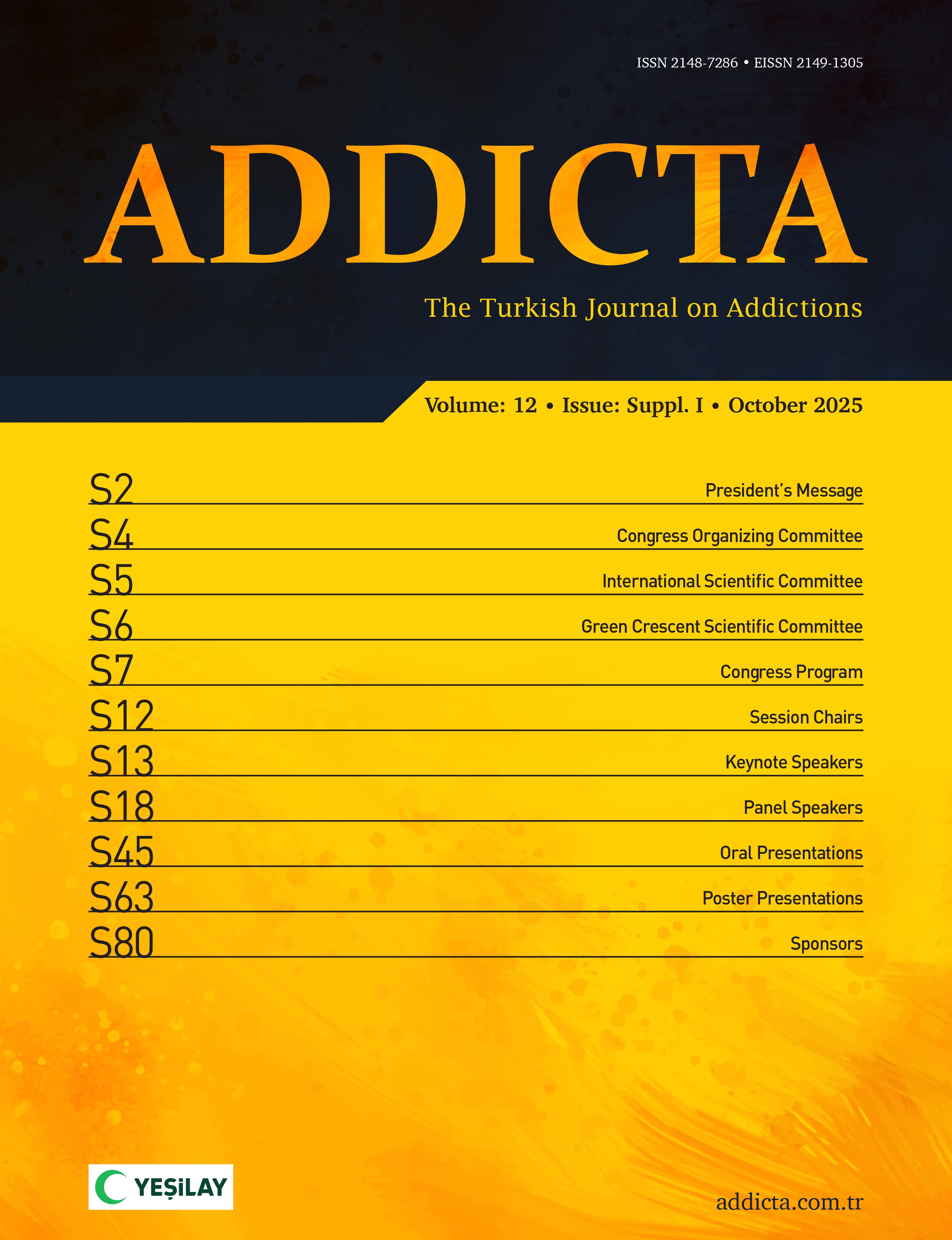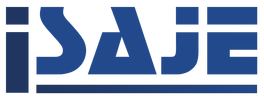Based on data from mixed designed research, the purpose of this study was to develop design elements of a public communication campaign on the fight against substance addiction. A focus group was conducted with mothers from the city of İzmir, Turkey. Based on the focus group findings, a survey was conducted by distributing a questionnaire to 403 mothers in İzmir. Focus group qualitative data revealed that mothers were generally aware of the risks regarding substance addiction; however, they do not relate the issue to their own children. Further, mothers were shown to be the people closest the children in their families. Survey results revealed that mothers from higher socioeconomic backgrounds were more knowledgeable regarding substance addiction. A cluster analysis showed that mothers with less education and lower income levels had lower perceptions about substance addiction risk for school environments, neighborhoods, and the city, while mothers with more education and higher income levels had higher levels of such perceptions. Considering the results of our study, mothers were chosen as the main target for the public communication campaign. Additionally, increasing social awareness about substance addiction was decided as the campaign’s main objective.
Cite this article as: Atabek, Ü., Şendur Atabek, G., & Ayvat, A.G. (2020). Mothers’ perceptions of substance addiction: A research design for components of a public communication campaign. Addicta: The Turkish Journal on Addictions, 7(1), 21-28.

.png)


.png)
.png)